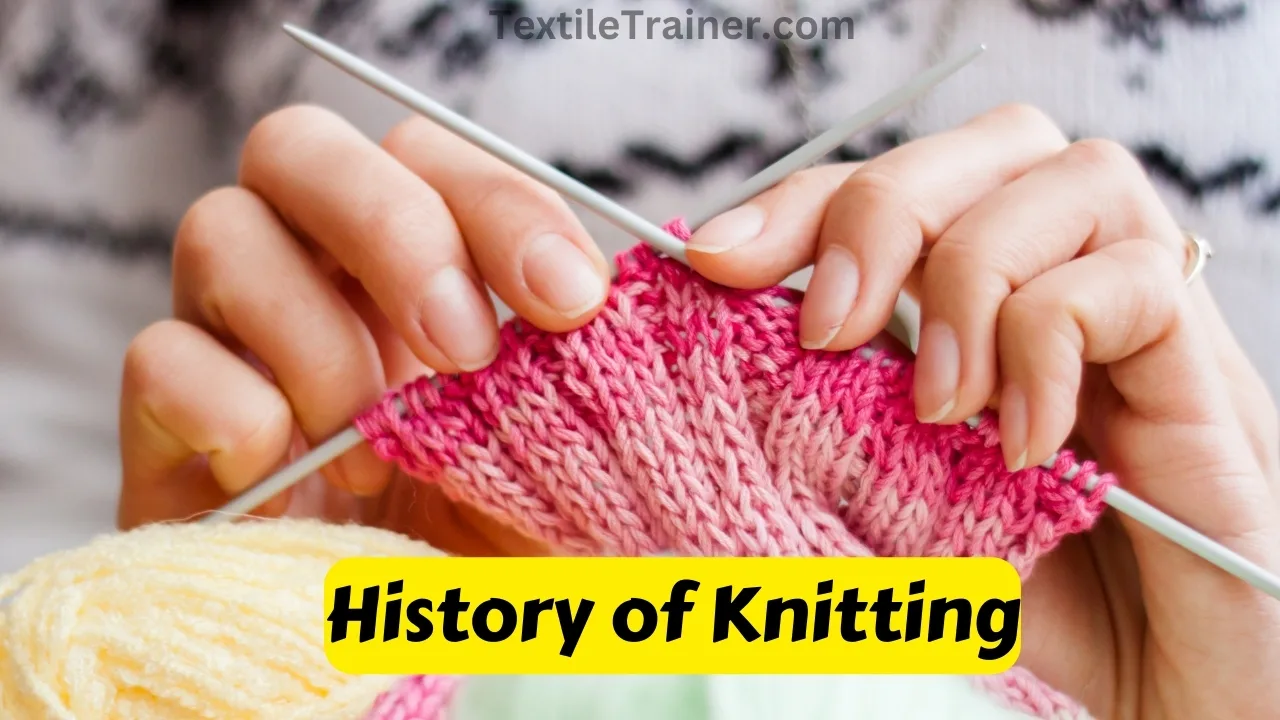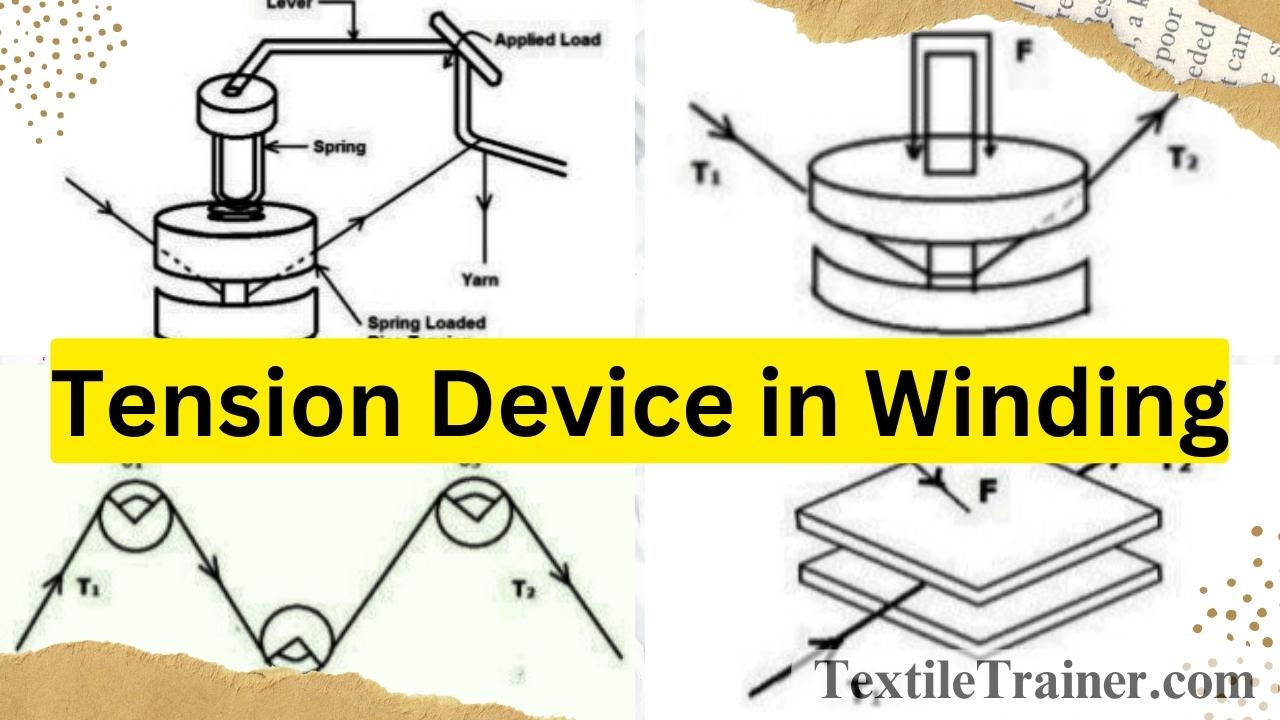Standard Simple Sizing Recipe of Synthetic Spun Yarn
In this article, I will present standard sizing recipe of synthetic spun yarn. Before, we will know, is it necessary to apply size on synthetic spun yarn?? There is a major problem with synthetic staple fibers/spun yarns when it comes to their hairiness, which is visible as protruding fibers on the yarn surface. The hairiness is usually visible as a protrusion of fibers on the surface of the yarn. The reason for the higher degree of hairiness in synthetic spun yarns when compared to spun yarns made from natural fibers such as cotton, lies in the fact that synthetic fibers are hydrophobic and elastic, thus making it difficult to lay the protruding fibers on the yarn surface.
There is no doubt that coarser fibers tend to give the yarn a little more hairiness. I fairy yarns are one of the main causes of end breakages in weaving due to their higher friction and entanglement with neighboring threads. that’s why it is important to apply size material to synthetic spun yarn for efficient and reliable fabric production. As a result, sizing is primarily a technique for laying out the protruding fibers on the yarn surface and thus making the yarn surface smoother. The viscosity and concentration of sizing paste are crucial in this case. Therefore, higher viscosity and concentration are of great importance.

Standard Sizing Recipe of Synthetic Spun Yarn
A typical size recipe for nylon and polyester spun yarn can be found in tables No 1 and 2 provided below.
Size Recipe for Nylon Spun Yarns:
| S/N | Type of ingredient | Quantity required (kg/1000 liters) |
| 1. | Thin boiling starch | 100 |
| 2. | PVA | 30 |
| 3. | Mutton tallow | 6 |
| 4. | Antistatic | 1-2 |
| 5. | Add-on | 14 |
Size Recipe for Polyester Spun Yarns:
| S/N | Type of ingredient | Quantity required (kg/1000 liters) |
| 1. | Thin boiling starch | 160 |
| 2. | CMC | 30 |
| 2. | PVA | 30 |
| 3. | Mutton tallow | 8 |
| 4. | Antistatic | 2 |
| 5. | Add-on | 18 |
The size of polyacrylic acid is recommended for nylon spun yarns as it has excellent adhesive properties. There is one drawback to this size, and that is its price, along with the tendency to corrode the size box. One cheaper alternative would be to use a combination of sago starch and PVA in the ratio of 4:1.
It is important to note, however, that in this case, due to poor adhesion, a higher concentration will need to be applied. Moreover, in order to increase abrasion resistance, a larger quantity of lubricant, such as mutton tallow, will also need to be used. In addition, there are other options that you can try, such as combining thin boiling starch with PVA, either with or without CMC (carboxy methyl cellulose).
As far as polyester spun yarns are concerned, polyacrylic acids would not be suitable since they are not able to attach to polyester fibers because they do not have affinity to them. It would be best to use neutral acrylates as adhesives in place of strong adhesives such as epoxy resins. It will be necessary to use higher concentrations of the adhesives as a result of the greater hydrophobicity of the polyester fibers in comparison to other fibers. The temperature at which filament yarns will be sized will be the same as that required for the sizing of filament yarns.
You May Read:
- Definitions of sizing, objectives and impact on warp yarn.
- Why sizing is called heart of weaving.
- Primary and Secondary Size Ingredients.
- Characteristics of Good Size Ingredients.
- Types and Techniques of sizing.
- Working Principle of Slasher Sizing Machine.
- Size Cooking Equipment.
- Drying Methods in Sizing Process.
- Modern Control System of Sizing Machine.
Reference:
- Adanur, S. (2001). Handbook of weaving. Boca Raton: CRC press.
- banerjee, N. (2000). Weaving Mechanism. West Bengal: Smt. Tandra Banerjee and Sri Apurba Banerjee.
- Gandhi, K. (2012). Woven Textiles. New Delhi: Wood Publication Limited.
- Gokarneshan, D. N. (2009). Weaving Preparation Technology. Delhi: Abhishek Publicaions.
- V. Gordeev, P. V. (1982). Cotton Weaving. Russia: Mir Publishers Moscow.



